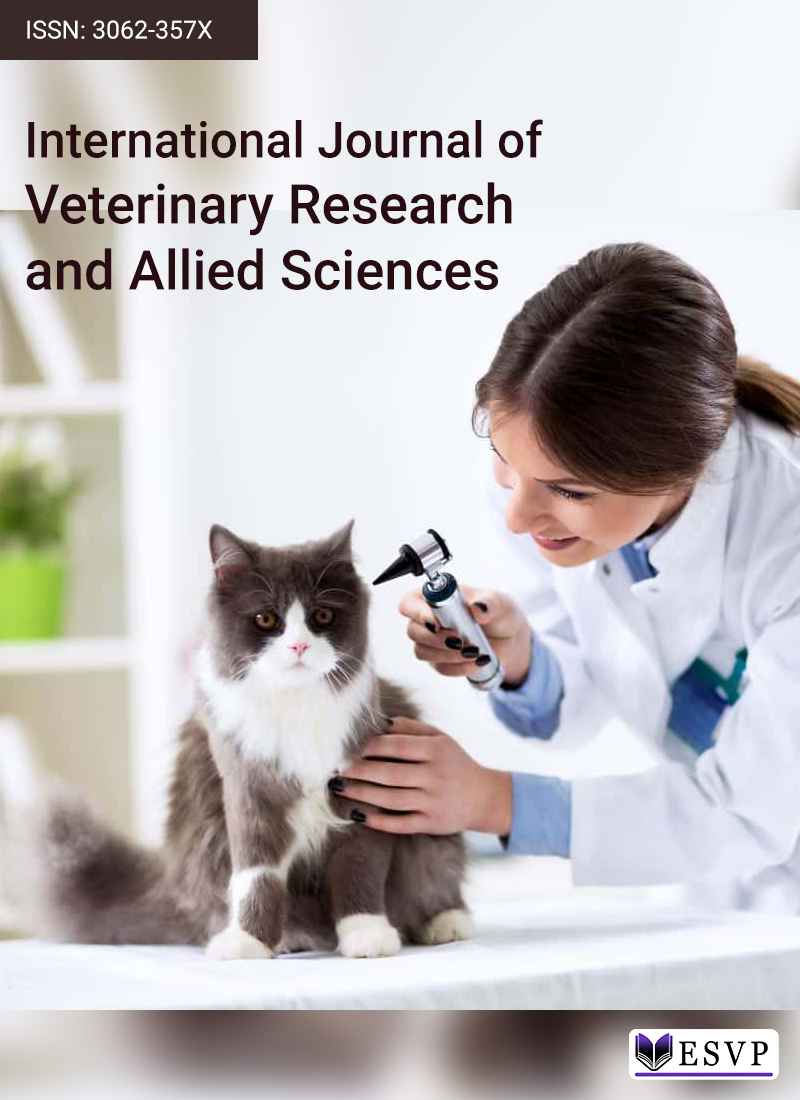
Maize is the most important crop in Ethiopia, but its production faces significant constraints due to various challenges, especially insect pests such as armyworms. This study was conducted to assess the occurrence of fall armyworms and investigate management strategies using different maize varieties and insecticides in the Dera district, Ethiopia. The survey was conducted in four selected Kebeles with data analysis using SPSS. A factorial experiment was designed, incorporating a randomized complete block layout with three replications, testing a combination of 4 synthetic insecticides (dimethoate 40% EC, karate 5%, Agrolambsin supper 315, and malathion 50%) alongside a control and 3 maize varieties (BH-540, BH-546, and local). Data on pest incidence, vegetative growth, and yield-related attributes were collected and analyzed using SAS. The findings showed a fall armyworm prevalence rate of 72.92% and an infestation level of 30.69%. Both insecticide type and maize variety significantly affected pest damage, vegetative traits, and yield-related factors. The interaction between insecticide application and variety selection affected plant height, grain yield, ear length, and the harvest index. Among the tested combinations, Agrolambsin supper 315 applied to the BH-546 variety resulted in the highest plant height, longest ears, and maximum grain yield. In addition, the independent effects of Agrolambsin supper 315 and BH-546 led to the highest number of ears per plant, higher biomass yield, and an increased number of green leaves. Although all maize varieties examined in this study were affected by armyworm infestation, the yield losses can be mitigated by cultivating BH-546 in conjunction with Agrolambsin supper 315 application.